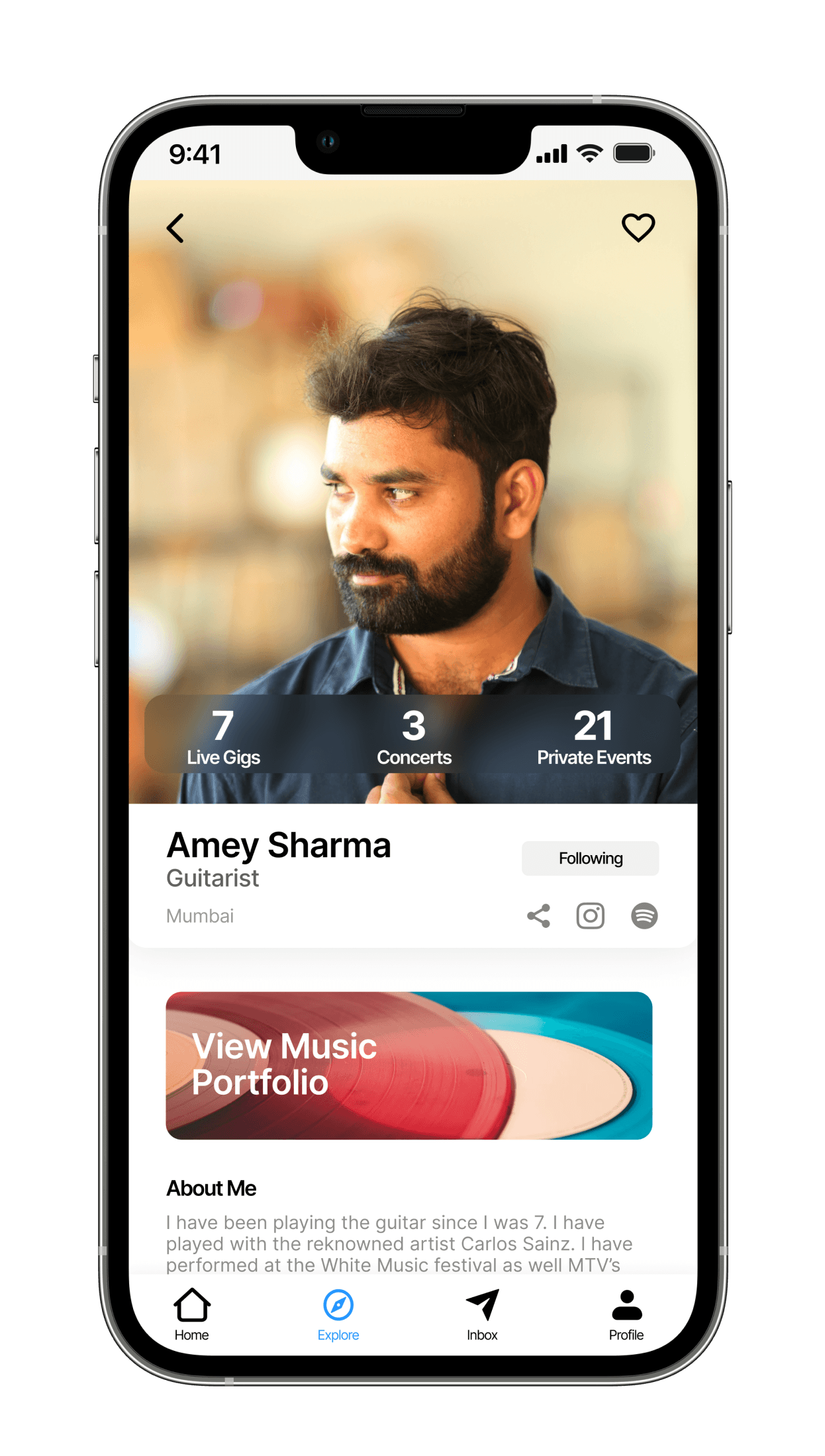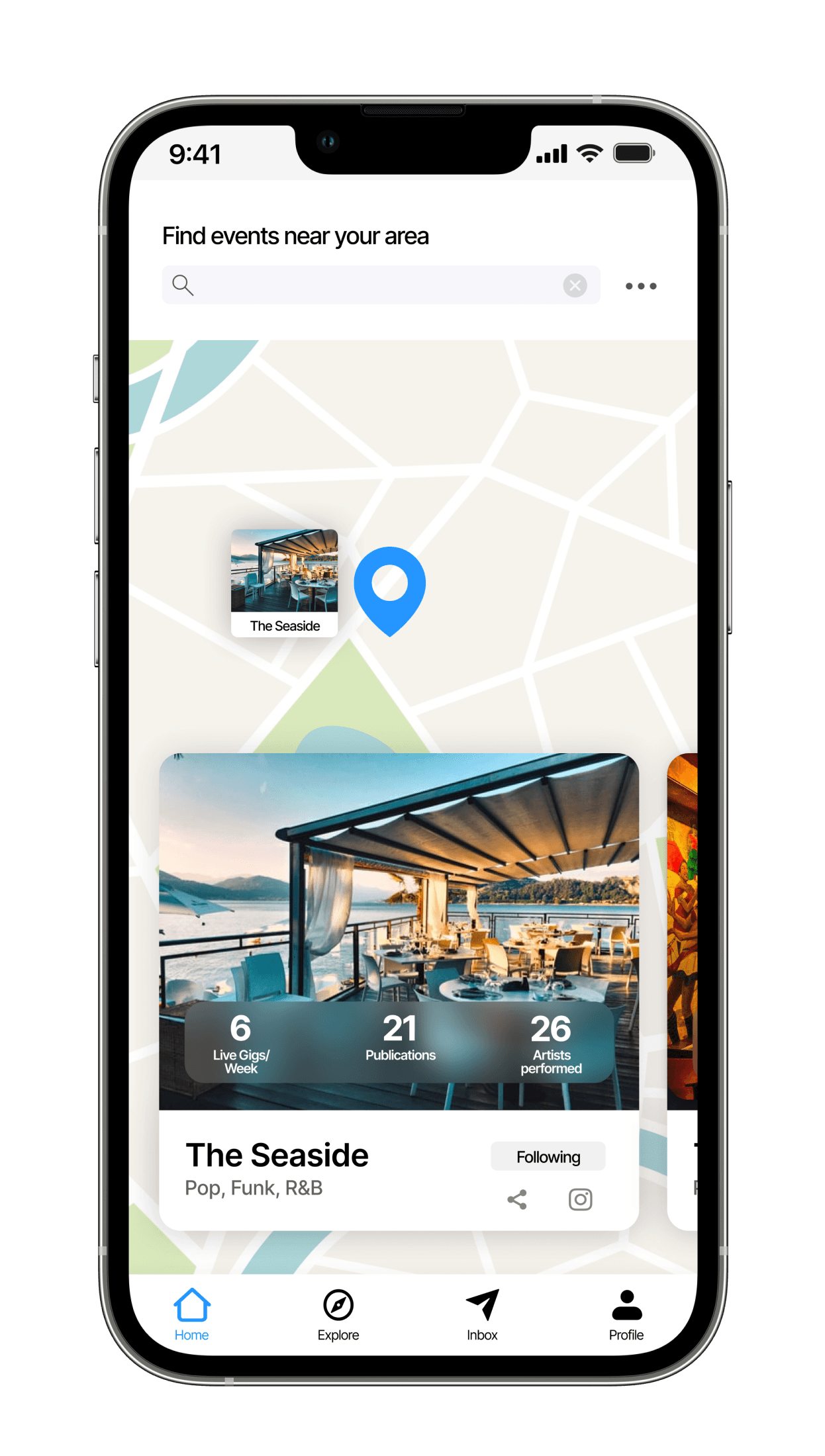SHOUVIK
VIEW OTHER PROJECTS
Introducing ReSKU
But why a web-app dashboard?
Manual Tracking Burden
The inventory control manager relied on spreadsheets and paperwork to track damaged inventory, creating inefficiencies and potential errors.
Inefficient System Portal
Although the Kroger portal supported some tasks, it was slow and cumbersome, adding complexity instead of streamlining workflows.
Smart Web App
A new application, integrated with warehouse scanning and mobile app for food bank communication, would simplify tasks and improve efficiency.
With the research and insights gathered so far, we were able to map out
product journeys from the warehouse and foodbank perspective.
Warehouse Perspective
Product Journey
Warehouse
Damaged products
are flagged
Flagged as
donate
Recoup or
Recycle
Communication
Report
Foodbank Perspective
Product Journey
Foodbanks
Identification
of needs
Warehouse inventory
marketplace
Place Order
Schedule Pickup
Receive Donation
Documentation
& Feedback
Problem Statement
How might we help Kroger warehouses digitize the handling of unsellable goods
to ensure clear and efficient coordination with food banks?
The ideation phase focused on both the journey of products from warehouse to food bank and the process of food banks requesting items, ensuring a solution that met the needs of both stakeholders.
We pivoted to donations, focusing on food banks and other non-profits to better align with Kroger’s Zero Hunger Zero Waste goals of reaching and empowering the community.
But that meant two new stakeholders!
Warehouse Staff
Staff responsible for managing inventory and logistics, ensuring donated goods could be tracked, stored, and moved efficiently.
Food Bank Operators
Operators that coordinate with Kroger, enabling them to receive, organize, and distribute donations effectively.
So through stakeholder interviews and warehouse field visits, we identified critical inefficiencies in Kroger’s donation process.



Stakeholder Needs
Better Communication Channels
Streamlined systems (reduce manual process)
Consistent Quality Checks
Field Observation
Outdated systems (legacy tools, pen & paper)
No real-time tracking
Inefficient reporting causing delays
The Pivot
How can we switch gears from managing unsellable goods and aligning with Kroger’s Zero Hunger Zero Waste goals?
This shift gave us four weeks to rethink the project scope and design a system to efficiently redirect surplus inventory, reduce waste, and empower communities.
But it failed!
At the monthly stakeholder meeting, we presented our concept and research, highlighting Kroger’s opportunity, but three major concerns were raised!

Logistical Challenges
Warehouse space are limited, moving inventory risks damage, and some employees might misuse the system by intentionally damaging items.
Misaligned with Goals
Selling unsellable goods to employees didn’t fully align with Kroger’s Zero Hunger Zero Waste mission of providing fresh food to customers.
Community Focus
Stakeholders emphasized building stronger partnerships and serving the broader community, not just employees, through this project.
This meant we had to change direction!
We conducted a thorough analysis of sellable post-damage inventory alongside a market taxonomy of services that salvage food and products for resale.

Local Harvest

Too Good to Go

Misfits Market
We also studied Indiana University Surplus Store’s recoupment process, where collected items are repaired and resold at lower rates, to gain insights into salvaging inventory.
Union Standards
Labor had to be optimized without adding extra duties, ensuring no extra burden with regular tasks.
Backstock Management
Unused inventory risks becoming unsellable; minimizing backstock was key to maintaining value.
Product Presentation
Even for internal sales, items needed to look appealing to encourage purchase.
Transparent Marketing
Damage and safe use periods had to be disclosed clearly to build trust.
Building on our research, we developed a service design plan for a
Second Chance Store (SCS) within Kroger’s warehouse.
Product In-flow
Product Discovery
Product Out-flow
Inventory is salvaged
Inventory is recouped and presentable
Inventory is bought by employee
Overstock
Damaged
Goods
Close to
expiration
Associate
Marketplace App
Warehouse
Displays
Aisle Walks
Yammer
Chat
In-person
pick up
Store-like
experience
A physical + digital store in Kroger warehouses where unsellable items are flagged,
displayed, and picked up seamlessly by employees.
Initial Project Brief
How can Kroger repurpose ambient foods that are unsellable yet still consumable by offering them to associates through warehouse channels?
As newcomers to supply chain and warehousing, our first goal was to understand domain complexities, unsellable inventory processes, and align our design with Kroger’s sustainability goals.
This project unfolded in two parts
Research & Alignment
We studied Kroger’s supply chain, and sustainability goals.
The Strategic Pivot
Building on insights, we reframed the challenge to “optimizing food rescue.”
Digitizing Food Donation Management
Kroger warehouses manage volumes of unsellable goods. Digitizing this process to streamline coordination with food banks, cuts waste & ensures surplus food reaches to those in need.
But this project started in a very different way, where Kroger wanted to
recoup asset loss by selling inventory unfit for sale.
Timeline
16 Weeks
Role
Design & Research
Team
7 UX Designers
Tools
Figma
Miro
Platform
Web Application
Mobile App
Contribution
Journey Mapping
Service Design
Prototyping
Research



Project Overview
ReSKU is a progressive web app with an enterprise-facing dashboard for warehouse employees and a companion mobile app for food donation representatives, built to streamline coordination and improve digital donation management.
This is an industry-sponsored project that began with an initial brief from Kroger stakeholders, evolved through research and insights, and culminated in our presentation at the Kroger ECO Hackathon 2024.
The Impact
As estimated by Kroger’s team, employee efficiency was expected to double through streamlined evaluation and quicker disposal or donation. Additionally, the concept was seen as an opportunity to strengthen Kroger’s partnerships by fostering community goodwill, and reinforcing brand loyalty.
The experience really taught me how to stay open to feedback, navigate ambiguity, and lead with user empathy, especially when designing solutions that serve both business needs and broader community goals.

We had the opportunity to present this at the
Kroger ECO Hackathon’ 24
From sketches to screens.




















